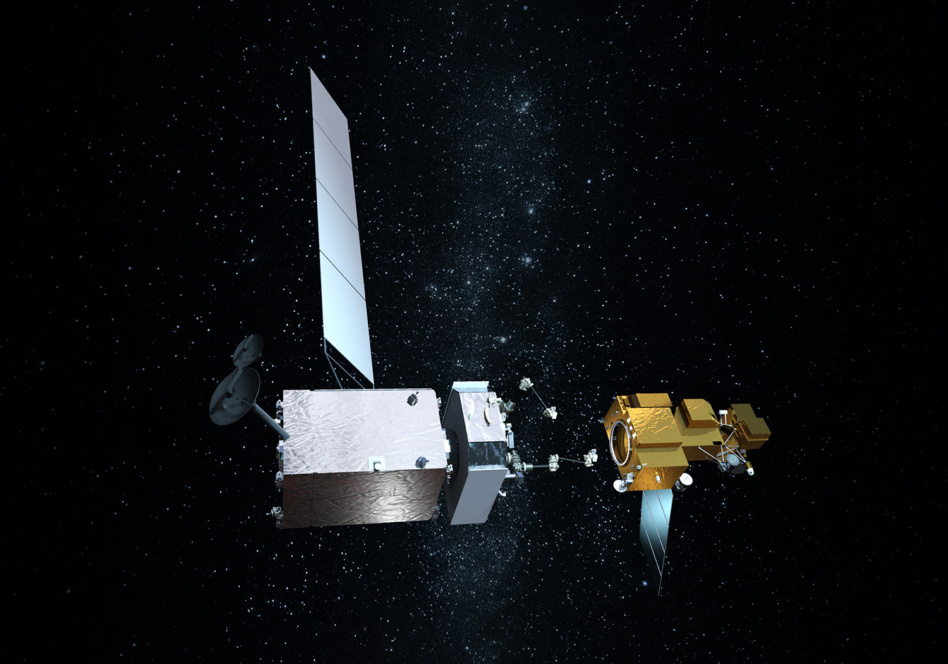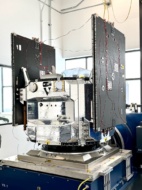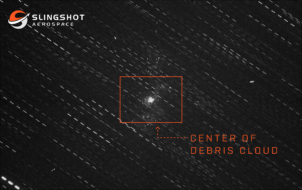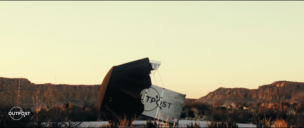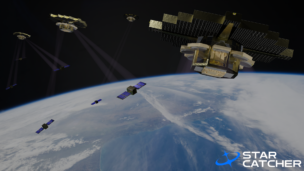For a long time, on-orbit servicing, assembly, and manufacturing (OSAM) seemed just out of reach. Now, multiple startups have successfully demonstrated the technology, and many more are developing OSAM capabilities for refueling, repairing, and towing satellites around in orbit. But as this tech becomes more common, industry and policy voices have to consider potential dark sides.
Audrey Schaffer, director of space policy at the National Security Council, affirmed the need for a regulatory framework around OSAM capabilities at a Center for Strategic and International Studies and Secure World Foundation panel on Wednesday, SpaceNews reports.
“With the advent of space surveillance, satellite servicing and satellite inspection, we’re going to see more cooperative and potentially uncooperative close approaches between space objects,” Schaffer said.
Old rules: The Consortium for Execution of Rendezvous and Servicing Operations (CONFERS), an industry group that aims to protect the viability of on-orbit satellite servicing, keeps a list of recommended guidelines for safe OSAM procedures. Though there’s not yet a legal consensus for how to guarantee the responsible use of satellite servicing technology, these guidelines could serve as a jumping-off point.
The CONFERS guiding principles were most recently updated in Oct. 2021:
- Consensual operations: Both servicer and servicee should formally agree to the specifics of close approaches through commercial contracts.
- Compliance with relevant laws and regulations: Any OSAM operations need to obtain any applicable licensing and permissions before performing an on-orbit rendezvous.
- Responsible operations: OSAM missions should follow “generally accepted engineering practices,” plan for potential consequences, maintain constant communication between the satellite operators, and learn from mistakes and successes.
- Transparent operations: Operators should keep regulatory agencies and any other relevant groups informed on when and how OSAM missions will occur and maintain a stream of communication throughout servicing.
